New digital and green solutions for small towns sustainable development.
How digitalization, innovation and inclusion help Belarus’ small towns to move towards green and smart future
May 2, 2023
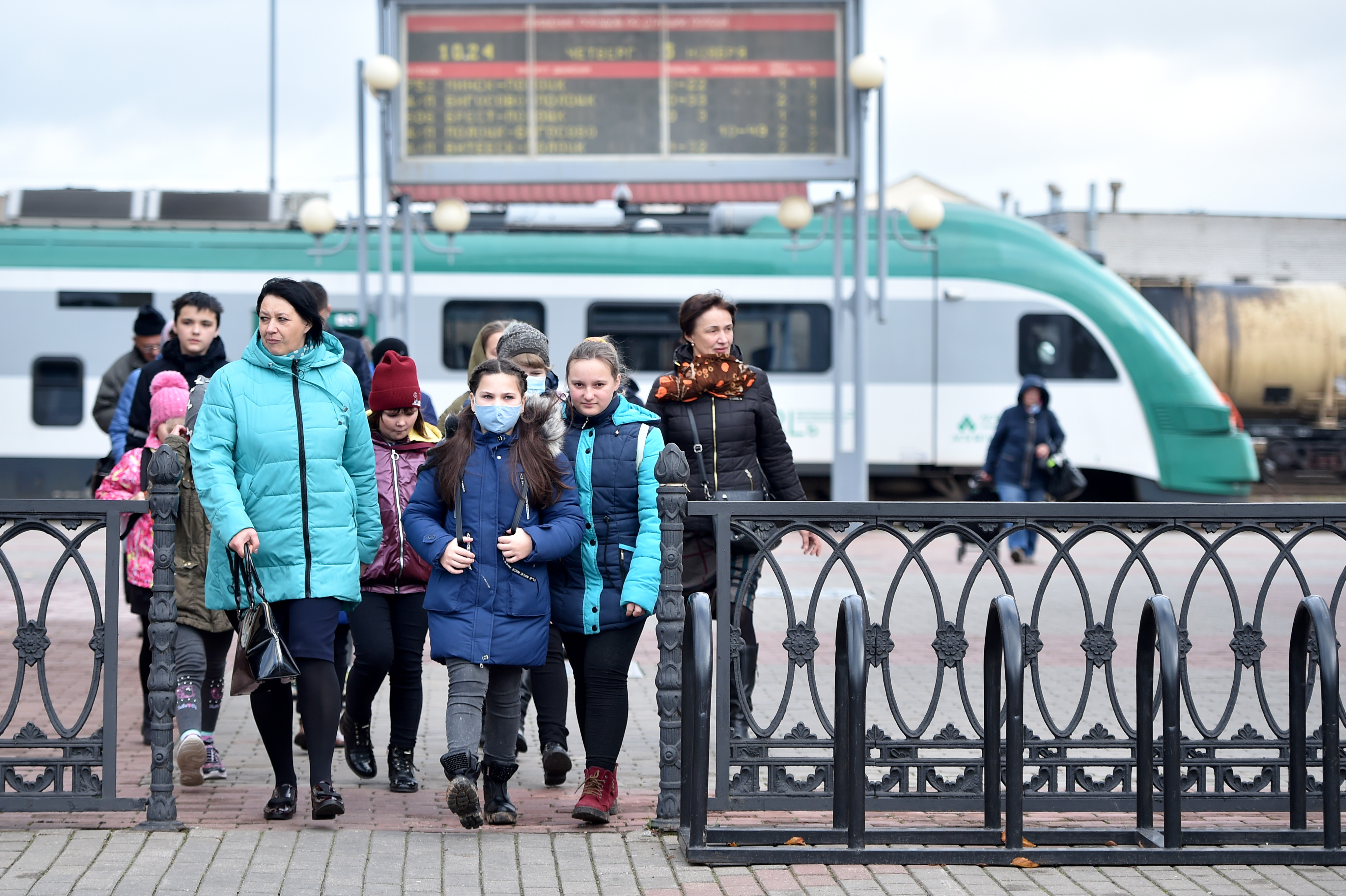
In Belarus, 78% of the population lives in cities and urban areas.
The high level of urbanization demands fostering improvement for better quality of life in cities and towns. This is one of the key objectives for effective and sustainable development of urban areas. The state programs "Comfortable Housing and Enabling Environment" for 2021-2025 and "Digital Development of Belarus" for 2021-2025 are designed to achieve this.
The high level of urbanization demands fostering improvement for better quality of life in cities and towns. This is one of the key objectives for effective and sustainable development of urban areas. The state programs "Comfortable Housing and Enabling Environment" for 2021-2025 and "Digital Development of Belarus" for 2021-2025 are designed to achieve this.
UNDP’s Country Programme 2021-2025 for Belarus prioritizes economic development on the principles of "green" and inclusive growth. It focuses on measures to mitigate and adapt to climate change, facilitates effective digital ecosystem.
From 2016 to 2021, UNDP in partnership with the Ministry of Natural Resources and Environmental Protection and with the financial support of the Global Environment Facility (the GEF), implemented the project "Supporting Green Urban Development in Small and Medium-Sized Cities in Belarus". Together with administrations of seven Belarusian small towns UNDP devised strategies for smart and green urban planning along low carbon development pathways.
The project helped to jump-start innovative solutions in urban road infrastructure, and planning. Both local expertise and best practices from international experience, including recommendations from UN-Habitat, the United for Smart Sustainable Cities initiative (U4SSC) and Local Governments for Sustainability global network (ICLEI), were applied to drive the pilots forward.
A set of innovative technologies was piloted in small towns of Polack, Navapolack, and Navahrudak to enhance urban cycling infrastructure, cut emissions from private and public transport and lower vehicle speeds to reduce the toll of road traffic accidents.
A set of measures to optimize road infrastructure has improved pedestrian safety through reducing intensity of street traffic.
The improvements in cycling infrastructure featured construction of new bicycle lanes, 10 bicycle parking lots with do-it-yourself bike repair points, 13 new bicycle garages. Public transport services and passengers benefited from the introduction of digitalized passenger information systems, organization of dedicated bus lanes, modernization of 10 public transport stops. For example, the average bus ride time was reduced by 3-5 minutes.
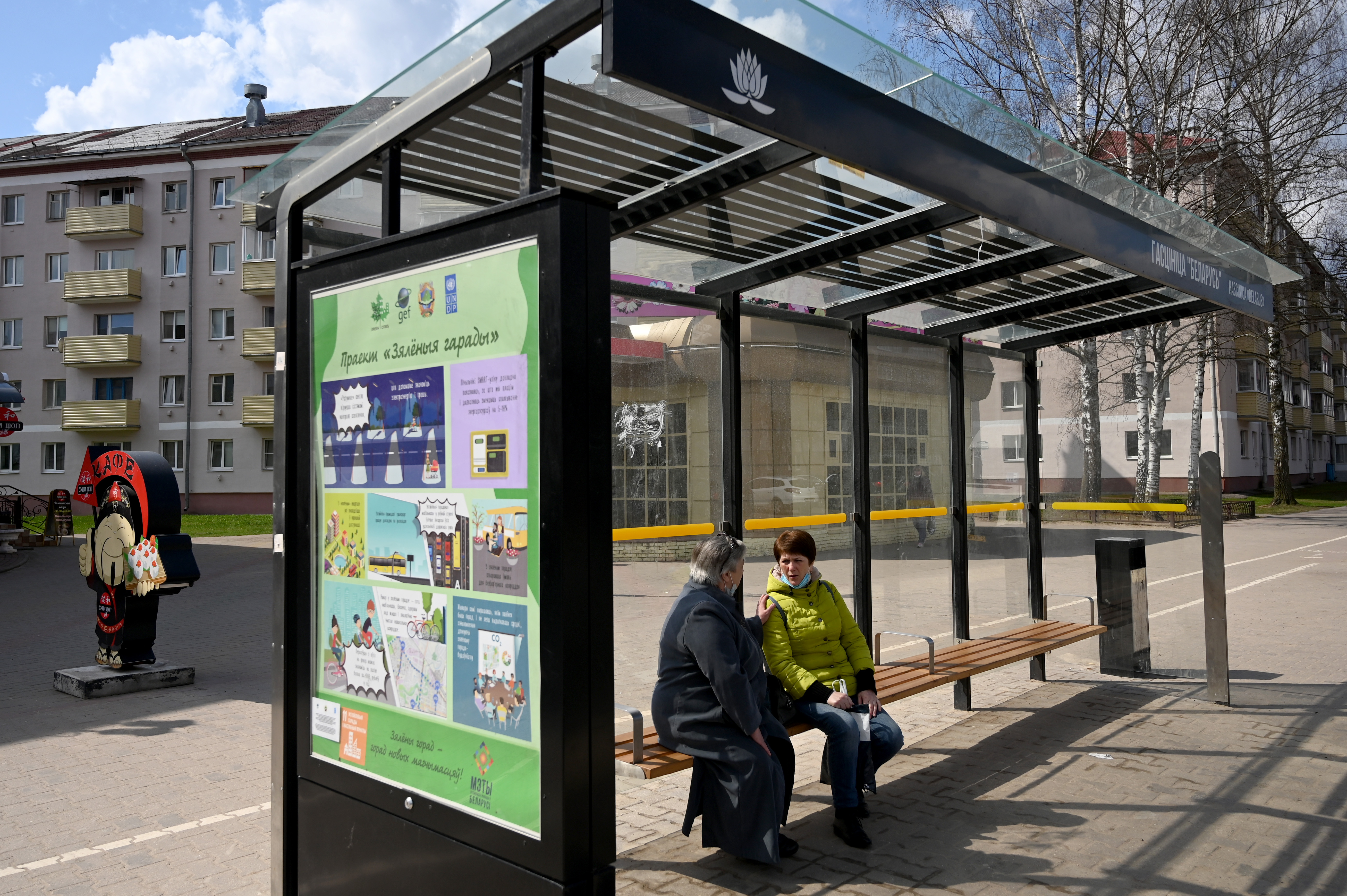
In Polotsk and Novopolotsk, 10 new comfortable pavilions were installed at public transport stops.
Limiting car speeds at difficult intersections up to 30 km/h lowered the number of road traffic accidents by 80%. But most importantly, the benefits for people go hand in hand with the benefits for the environment. For instance, the introduction of speed limits helps reduce CO2 emissions by 3,763 tons per year.
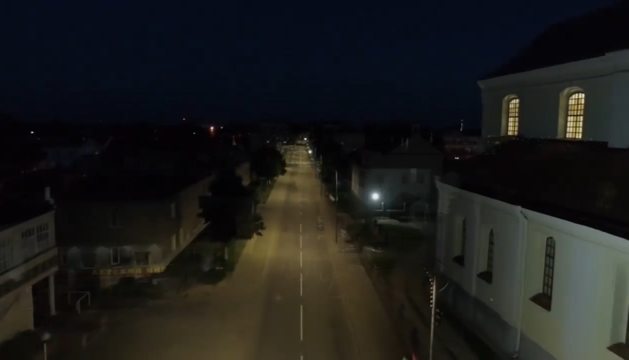
An automated energy-efficient and intelligent street lighting in Navahrudak.
The application of energy-efficient and smart street lighting helps reduce carbon dioxide emissions by 90 tons per year and generate savings for the local budget of more than US$ 10,000 per year while increasing safety.The application of energy efficient technology for street lighting helps reduce carbon dioxide emissions by 90 tons per year and generate savings for the local budget of more than US$ 10,000 per year while increasing safety.
In 2021-2022 the UNDP Belarus’ Accelerator Lab continued to explore the potential of small towns to advance green and digital transitions through experimental solutions in digitalization of municipal waste collection, greening of urban areas and residential energy saving.
In Pinsk, Polack and Navapolack, the Lab piloted a digital technology for improving efficiency of communal waste collection. Sixty-six smart fill-level sensors connected to a cloud-based system were placed inside communal waste containers located in different parts of the towns.
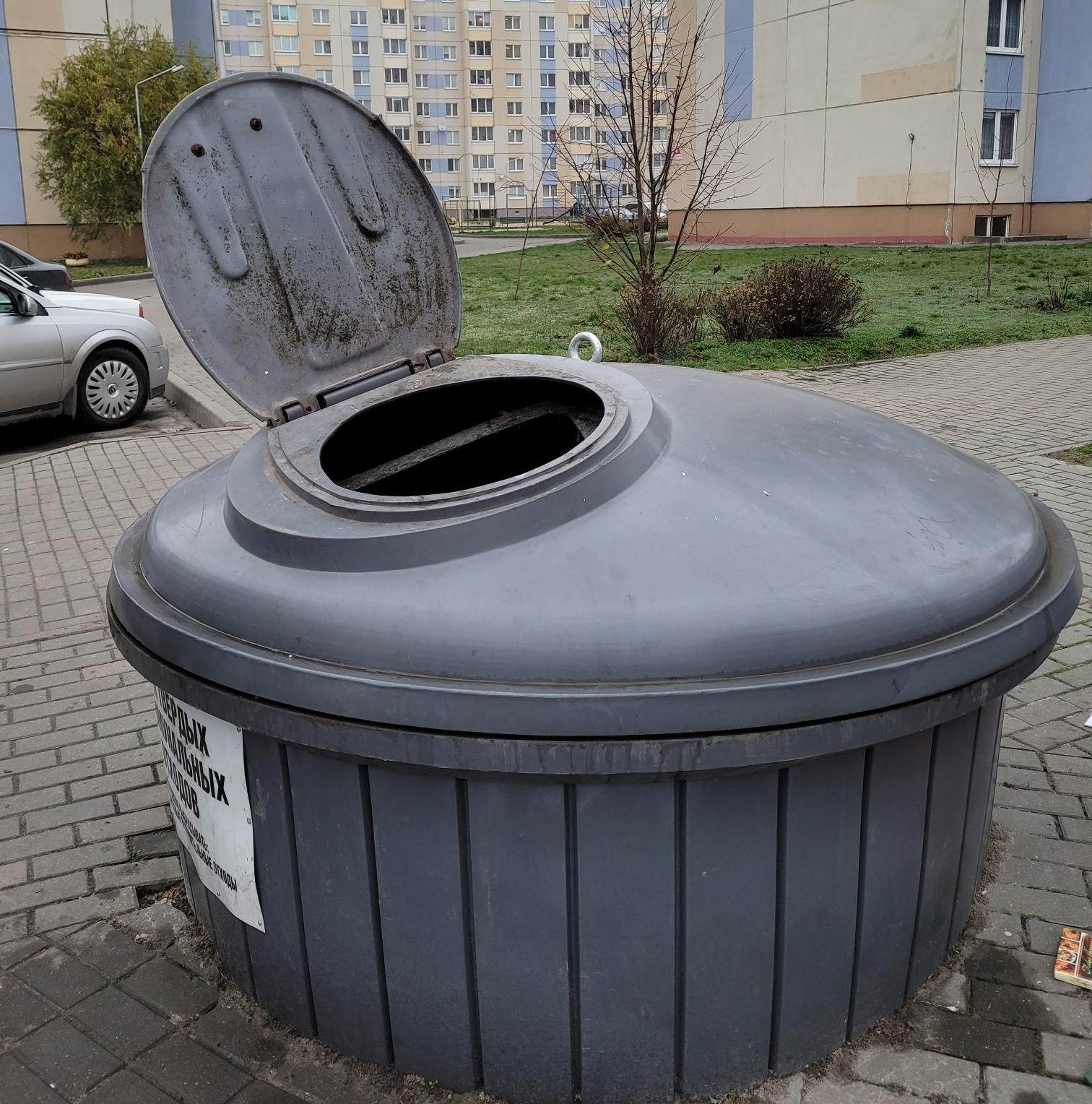
The sensors monitor the containers’ fill-level and send a signal to the communal waste collection service when they are full.
The pilot has demonstrated the benefits of installing such a system for urban waste management. They are primarily a reduction in waste collection costs and better facilitation in managing container collection.
In Karma, Navapolack, Pinsk, and Navahrudak, the Accelerator Lab conducted a digital inventory of urban green areas: parks, squares, alleys. Gathering information about the condition of green public areas and their characteristics into a single database is very helpful for planning further steps towards improving and advancing “green landscaping” practices.
Such a large-scale and detailed inventory became possible due to the use of a special digital application for accounting and monitoring of trees and shrubs, and to the active public engagement - the collaboration with volunteers from local communities. The results of the pilot demonstrated the value of digital technologies for conducting timely, thoughtful and forward-looking decisions where green landscape design is best employed for urban development.
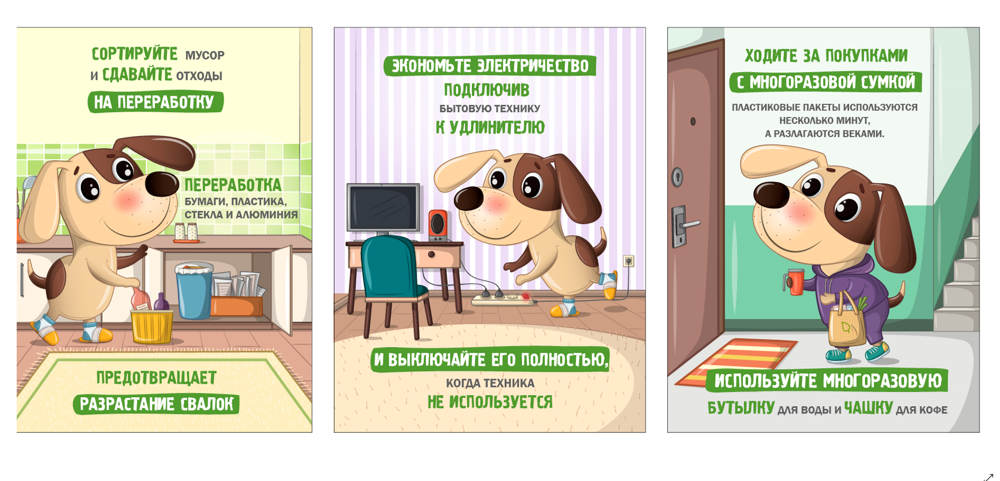
The face of the campaign - a cute cartoon puppy named "Druzhok" - shared with the participants of the experiment some practical behavioral tips on how to lower energy consumption and save water and heat.
Residents of two multi-storey buildings in Navahrudak took part in an experiment that encouraged responsible consumption of heat and water.
The experiment was centered around an information campaign designed to educate the residents in household energy-saving practices. The face of the campaign - a cute cartoon puppy named "Druzhok" - shared with the participants of the experiment some practical behavioral tips on how to lower energy consumption and save water and heat. Additionally, the Accelerator Lab helped design information flyers, where residents could compare their own heat and water bills with the model consumption in a similar apartment. At the end of the pilot, the residents managed to reduce their consumption of cold water by 7%, hot water by 5.5%, and heat by 5.9%.
The solutions have created sustainable mechanisms and infrastructure to advance further innovations for smart and green small-town development. The partners and beneficiaries can see the value of green and digital urban technologies for better resource use, fewer emissions, healthier and more secure environment for the small towns’ communities in Belarus.

 Locations
Locations